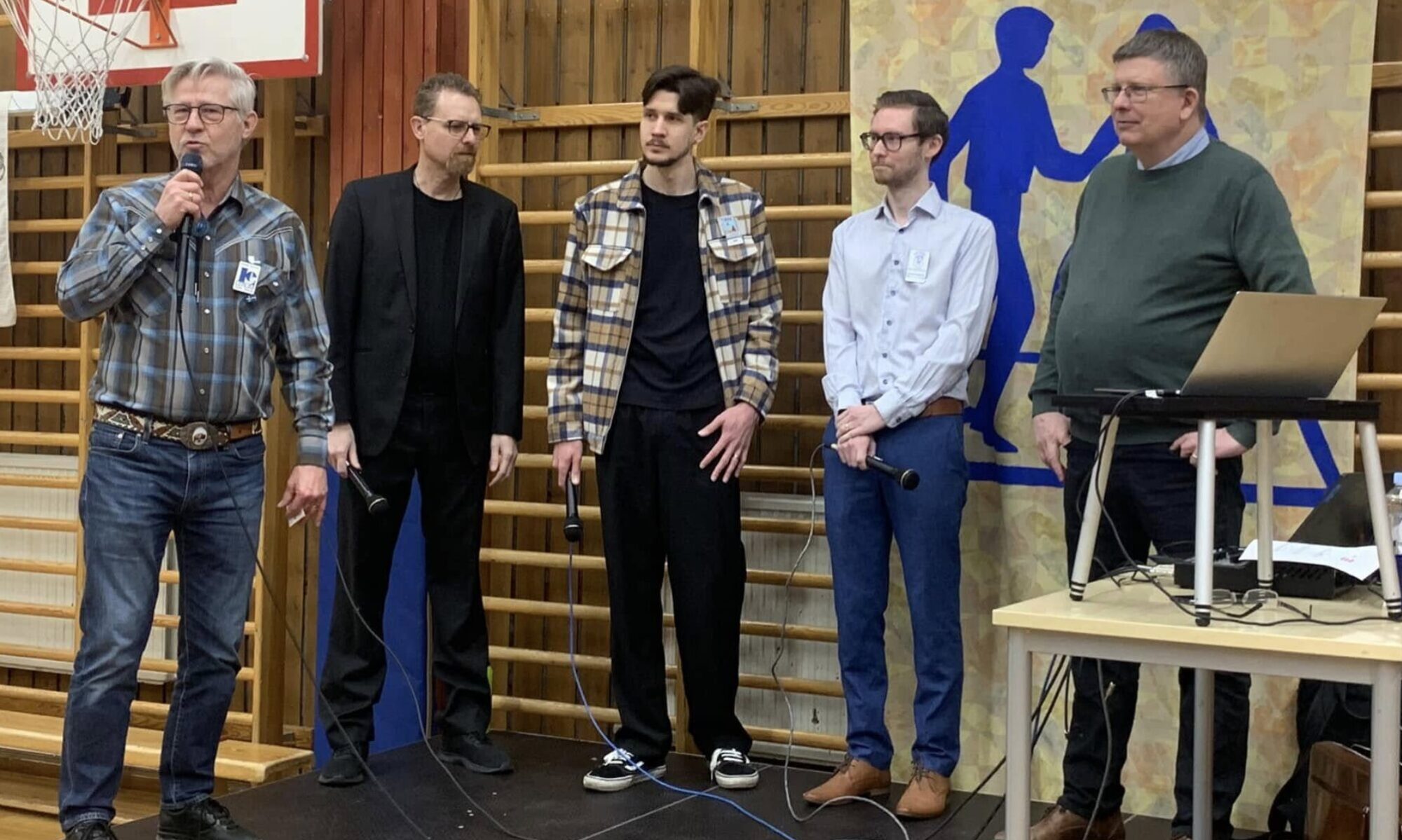However, the full complement of naA?ve CD4 + and CD8 + T cells arise after this thorough option, which together present a diverse variety of TCR using the potential to accept millions of different antigenic epitopes. NaA?ve CD4 + T tissue recognizing epitopes offered by MHC lessons II particles may be triggered and differentiate to T-helper effector tissues for matching all aspects of cellular resistance to varied pathogens; naA?ve CD8 + T tissues knowing epitopes provided by MHC course we molecules identify into cytotoxic T cells very important to anti-viral and anti-tumor resistance. A 3rd brand of T cellular lineage, designated regulatory T tissue (Tregs) furthermore develops for the thymus as a result of the same collection happenings. Tregs include distinguished by their particular phrase in the Foxp3 transcription factor and are usually required in the periphery for correct immunoregulation and prevention of autoimmunity 52 . Interestingly, Tregs encounter healthier good selection indicators as they are much more self-reactive than other old-fashioned T tissue 53 , therefore result of a 3rd choice reason for the selection process. Tregs also reveal diverse TCR, but they are unique from the TCR indicated by traditional naA?ve CD4 + T cellular equivalents 54 .
Besides mature T tissue with varied TCR, a kind of a€?innatea€?-like T mobile called Natural killer T (NKT) tissue in addition build within the thymus. NKT tissues is designated as inherent T tissue since they react rapidly (mins to many hours) appropriate pleasure and exhibit a finite TCR collection (and as a consequence minimal specificity) making use of majority of NKT tissues articulating a standard leader chain, VI±24 in human and VI±14 in rats combined with JI±18 55 . NKT tissues in addition go through positive collection during the DP thymocytes period into the thymus however they are chosen by some other DP thymocytes providing endogenous glycolipids on CD1d molecules. NKT tissues feel stronger TCR alert during positive option and show PLZF, a transcriptional factor that commits NKT cells with their lineage 53,56 . Although NKT cells display a standard progenitor level (DP) as old-fashioned T cells, they have distinct transcriptional software that steer their particular commitment to NKT tissue upon positive collection 57,58 . Several transcription elements have already been identified that regulates the good selection of NKT tissue however old-fashioned T tissues in the DP thymocyte level 57 . NKT tissue has diverse effector applications with cytotoxic capacity and both pro and anti inflammatory cytokine creation, and they are prospective objectives for immunotherapies in cancer tumors and autoimmunity 59 . The thymus consequently acts an integral character to advertise and pointing the development and collection of numerous different T lymphocytes with particular useful functions in immune reactions.
Thymic involution and aging
A lot of all of our knowledge about thymus ethics and thymopoesis derives from reports in mice, which were vital in revealing the molecular components hidden these processes. Human beings studies have offered latest insights to the essential differences when considering mice and people in connection with this. Mice is created lymphopenic as well as have a tiny thymus that grows sizes earlier involutes as we grow older. Unlike rats, people include created with the full complement of T cells in blood supply and lymphoid structures and the human being thymus is largest at beginning and is also the majority of productive until adolescence. After the age of puberty, the thymus starts to involute as we grow older and can become fatty tissue 60 . The time requirement for thymic productivity in immunoregulation also differs in rats and individuals. Neonatal thymectomy in mice can provide surge to deadly autoimmunity marked by multi-organ infiltrates which was shown to occur because of a lack of Treg maturation 61,62 . By contrast, neonatal thymectomy in human beings that has been done during baby cardiac surgical treatment, just isn’t involving autoimmunity after in daily life and folks develop and sustain normal frequencies of Tregs in peripheral blood 63,64 . Likewise, people who practiced neonatal thymectomy (and generally are today within third to next ten years of lifetime) don’t show enhanced susceptibility to infection while in the vital screen of youth 65 . Together, these outcomes show that the particular key occasions in thymus-dependent T cell development as well as the contribution of thymic output to starting T cell homeostasis is largely set pre-natally and throughout very early post-natal duration in humans  .
.
Regardless of the insufficient overt resistant dysregulation within people thymectomized during the early lifetime, there are numerous caveats that need to be taken into account in evaluating these data. Initially, mediastinal removal on the thymus during cardiac surgical procedure cannot eliminate all thymus tissue, as thymic remnants may increase into cervical areas 66,67 , and may mediate limited thymic work. Also, the peripheral T mobile area, like T mobile rates very early after thymectomy together with proportion of naA?ve and storage T tissue, was modified in thymectomized individuals when compared to individuals with an intact thymus. Discover a young decline in T cell rates after thymectomy and several research has reported an accelerated build-up of storage T cells in thymectomized when compared with controls people 10,68-70 , showing that thymic result afterwards in daily life is very important for replenishing naA?ve T tissue and keeping the capability to respond to new pathogens. Notably, thymectomized populations you live inside the contemporary era, with advanced hygiene and lower pathogen weight, and also have generally speaking was given childhood vaccinations. Consequently, the possible lack of naA?ve T tissue later on in daily life might not have the exact same effects in an environment of higher pathogen burden.
